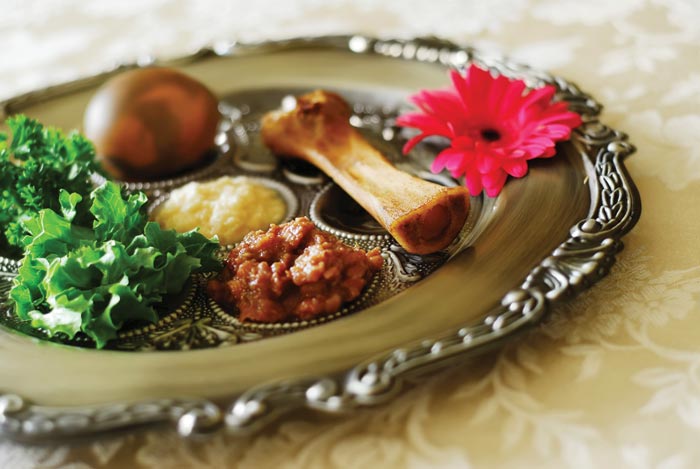Let's talk some sugar. That nasty, addictive powder that's being compared to coke. The only difference is that you can find it everywhere- hiding sneakily in your food; dropping lightly in your morning brew; even in the latest “sugar-free” “low-carb” “gluten-free” food trend. You can't hide from it; it tends to pop up when you are least expecting it. Let's break it down, shall we?
Fructose is a simple sugar found in most fruits and vegetables, and is processed by the body in the liver. Although fructose has a low GI value, too much fructose in the body can be a bad thing. When there is too much fructose in the body, the liver can not process it fast enough for the body to use, so the liver starts turning the fructose into fats and sending them into the bloodstream. Let the weight gain begin!
Sucrose is another name for table sugar. It is made from sugar cane or sugar beets, and is composed of two chemicals: glucose and fructose. Glucose is what the body uses for fuel. Seems light enough, but in excess this combination is deadly (It's like taking the gun, and shooting yourself in the foot). You might also see sucrose listed on a label as raw sugar, brown sugar, invert sugar, turbinado, confectioner's sugar, cane sugar or crystallized cane juice. Don't say I didn't warn ya'.
Dextrose is technically not a sugar; it is a sweetener. It's primary ingredient is corn, and it is about 30% less sweet than sucrose. Dextrose is also called glucose or “corn sugar”, and it has a much higher GI value than sucrose. Get ready to crash and burn, baby! Diabetics in particular should steer clear of this sweetener.
Splenda is the commercially recognized name for the chemical sucralose. This chemical is 600 times sweeter than table sugar. The chemical is bulked up with maltodextrin, which is linked to weight gain, and small amounts of heavy metals, methanol and arsenic. Yum,yum, poison! It has zero calories but it doesn't measure, look or act like sugar. The body attempts to eliminate unknown substances by digesting them, and our bodies don't recognize sucralose as a food. That means, the more Splenda you inhale, the more of its chlorinated molecules you'll absorb!
Aspartame is the sweetener used to make NutraSweet and Equal. It is made up of phenylalanine, aspartic acid, and methanol, which converts into formaldehyde when digested. Before making its way to our tables, aspartame was denied by the FDA eight times. Since finally being approved in the 1980's, aspartame has been linked to cancer, diabetes, birth defects, vision problems, brain damage, seizures, psychological disorders, and weight gain. It ain't worth dying young for.
The agave core produces a juice which is filtered, heated and treated with enzymes to become Agave Nectar, a sweetener sold in most health food stores. Agave provides as many calories as sucrose, though it acts as fructose in the body. It is also much sweeter tasting so it is easier to use much less to achieve the desired result.
Stevia is a natural non-caloric herb that is native to Brazil and Paraguay, and has been used for thousands of years in many parts of the world. You can find this herb in the sweeteners Truvia, Purevia and Stevia in the Raw. When it is dried into a powder, its sweetness is 200-300 times stronger than sugar. High doses of Stevia may affect kidney activity and reported side effects include bloating, dizziness and nausea.
Honey is an equal mixture of fructose and glucose and contains amino acids, phyto-nutrients, bioflavonoids, at least 16 antioxidants, small amounts of vitamins, organic acids, mineral elements, and a few enzymes added by the bee itself. Raw honey has not been pasteurized, a process which involves heating to very high levels and may kill many of the sensitive nutrients. It also contains bee pollen, one of the most nutritious foods on the planet.
It doesn't really matter if it's blue, pink, green, brown or white, when “sugar” in any form enters your body it is either used up immediately for energy or it is forced back into your bloodstream as fat. As it is, Americans over the age of two consume more than 300 calories daily from caloric sweeteners, which is one-sixth of their average daily calories. I believe that none of these sugars are better than another and all of them should be used with caution.




















 More news and opinions than at a Shabbat dinner, right in your inbox.
More news and opinions than at a Shabbat dinner, right in your inbox.